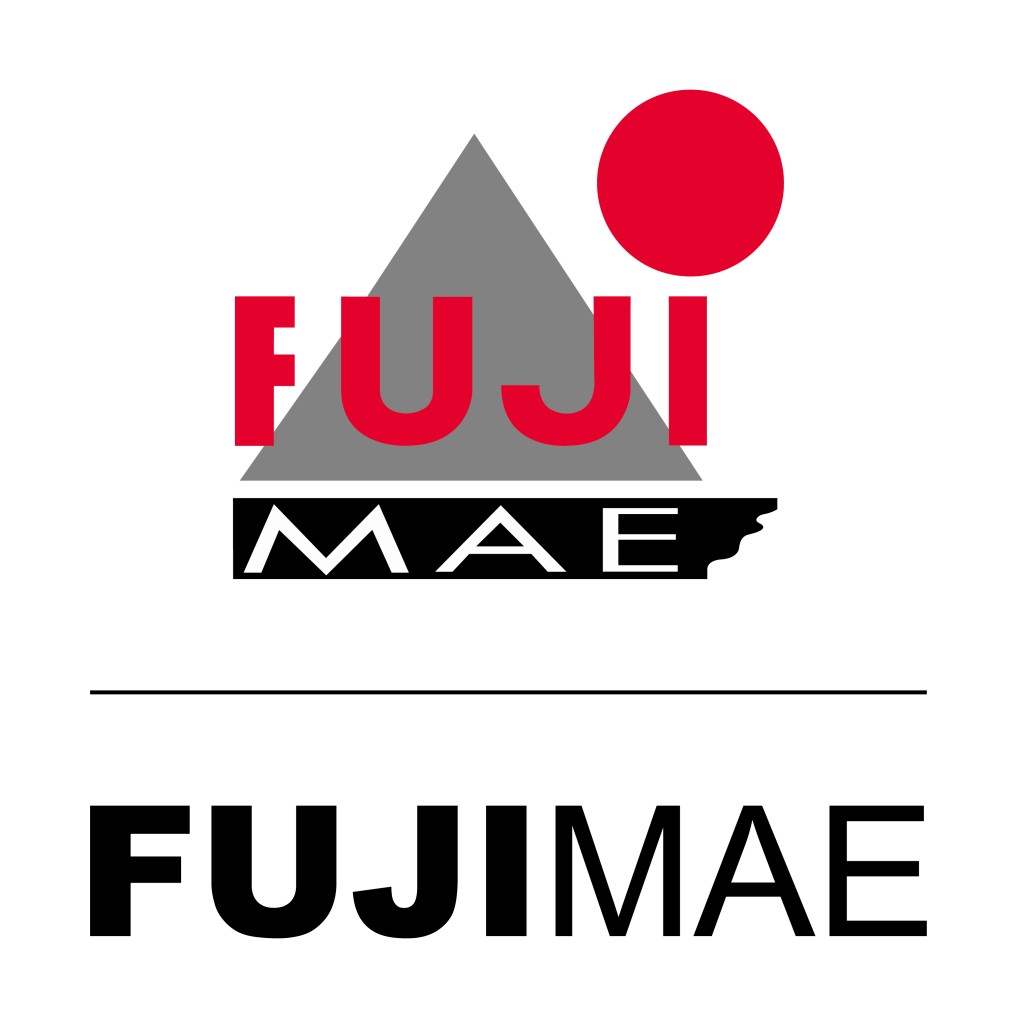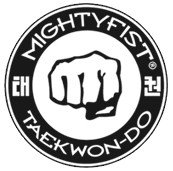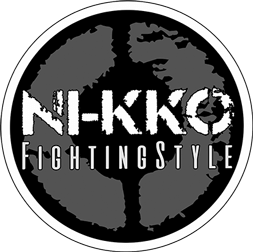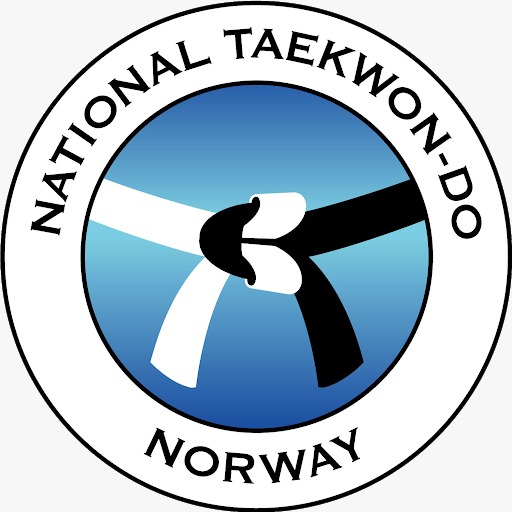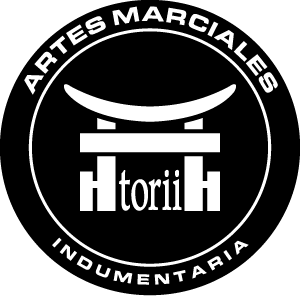Promote ITF Taekwon-Do as a True Martial Art

General Choi Hong Hi presented his book to American senators
For sixteen days next month, the attention of millions of people around the world will be focused on the Olympic Games taking place in Beijing (China). WTF Taekwondo is one of the Olympic sports, and in the Olympic context, it is presented like any other sport. Thinking about the Olympics prompted me to consider how ITF Taekwon-Do can be identified as a true martial art.
If we practiced ITF Taekwon-Do simply as a sport if we made winning medals our goal, neglected the Do, and forgot about the traditional spirit of the martial arts would we still be able to claim to practice a true martial art? Of course not! Many martial arts include the “Do” in their name, but they do not all teach the “Do”, the philosophy that should be a guide for true martial artists.
Members of ITF Taekwon-Do know that it is much more than a sport. Initially, our Founder General Choi Hong Hi promoted Taekwon-Do as a martial art in the South Korean army; the emphasis was on physical conditioning and combat skills. Later on, he realized that Taekwon-Do could be beneficial, without borders, to individuals of all ages and varying physical conditions. The ITF was created in 1966 for the purpose of spreading our art throughout the world.
Now, in the 21st Century, the ITF carries on the legacy of our Founder and fulfills its mission by promoting Taekwon-Do as a complete martial art. Members of the ITF learn how to develop all four facets of Taekwon-Do: It is a sport, a martial art, a way of life, and a tool for social development. By working to develop all four facets, we can become true martial artists.
The Public Image of the Martial Arts
What is the public image of the martial arts? What do people think about the martial arts? Where do they get information about the martial arts? Are they getting accurate information? Are they attracted by the public image? Or do they think of the martial arts as something they could never do?


Although the numbers of people around the world who practice martial arts continues to increase, I am sorry to say that in general people seem to form their opinions of the martial arts from what they see in movies. From time to time, they may see elite athletes in competition on television, but the movies they see at the cinema or on DVD have a greater impact. And those films tend to be either action movies with the emphasis on spectacular moves or comedies where martial artists are portrayed as either bumbling fools or improbable heroes.
In some martial arts, “hard” training is very important. They believe that is the only way to become top fighters. The focus is all on combat skills. No wonder those martial arts are not attractive to the general public!
Of course, there are some movies that portray a more authentic picture of ancient martial arts. One example is Crouching Tiger, Hidden Dragon, directed by Ang Lee, which has won many awards, including the Academy Award for best foreign film.
Another movie I can recommend is The Last Samurai. The story is fictional but it is based on events that actually took place in 19th Century Japan. Tom Cruise stars as an American soldier who becomes involved with by the Japanese samurai community and gradually learns to understand and appreciate their code of conduct and way of life.
Each of these movies approaches the subject with respect for the ancient martial arts spirit and helps us to understand the philosophical foundation of the martial arts and the code of conduct followed by true martial artists. Perhaps watching such movies will encourage you to do further reading and research in order to improve your knowledge and understanding about this intriguing and impressive world.
The Reality
Members of the ITF know that Taekwon-Do offers benefits for everyone:
- Those who are interested in competing find opportunities to participate in competitions at all levels.
- Those who want to keep physically fit soon realize that Taekwon-Do training is a complete workout; their fitness level improves very quickly.
- Those whose goal is to acquire self-defense skills learn effective techniques.
- Everyone benefits from being physically active and becomes more self-confident.
In addition, learning about the Do and how to apply it in our daily lives equips us with solid moral guidelines based on universal values. The public image of the martial arts is not reflected in the real life of practitioners of ITF Taekwon-Do. They live normal lives. They go to school. They may have a professional career. They spend time training and/or teaching Taekwon-Do. Some built a successful career in Taekwon-Do. They take care of their family responsibilities. They have an active and satisfying social life. Every aspect of their lives is improved by their study and practice of Taekwon-Do and by understanding and applying the Do in their daily lives.
Of course a “normal” life wouldn’t make for a very exciting storyline for a movie, so I don’t think we’ll be seeing that reality on the big screen any time soon!
This means it is up to each of us to let the people around us know about the benefits of practicing Taekwon-Do. By living the Taekwon-Do way of life and being productive citizen, you can be a living example of the true martial artist.
The Martial Artist in History
It is impossible to pinpoint exactly where and when the first martial arts were developed. We know that individuals in ancient civilizations used both unarmed and weapon combat for self-defense as well as for hunting and fishing. The development of combat systems is generally believed to have originated in Asia many centuries ago.
The development of the martial arts was very strongly influenced by oriental philosophies, such as those of Confucius, Lao Tzu, and Buddha. The goal of these ancient martial artists was to live according to certain principles and achieve harmony with nature.
The Shaolin Kung Fu’s temple in Henan province became legendary as the birthplace of the most ancient Chinese martial art, led by Bodhidharma, a monk who lived in the 5th Century. Bodhidharma was an important influence on the development of the oriental martial arts through his philosophy; he taught that physical, intellectual, and spiritual training are necessary in order to attain wisdom and enlightenment.

Monks training at the Shaolin Temple
Each of the various martial arts developed independently, based on the experience and innovative teachings of a well-respected master. Each martial art could be recognized by its style, although there were some attempts to set common standards for all the martial arts through contests and summits attended by the leaders of the major martial arts.

Bodhidharma.

Hwa Rang knights, 7th century
The martial arts developed in oriental countries with autocratic rulers. Those rulers needed people with martial arts skills to protect them in the same way they needed mandarins to take care of the administration of the country. There were martial artists found employment as warriors and bodyguards for the rich and powerful. Many martial artists were honorable men, but others misused their martial arts training, becoming outlaws. In the first half of the 20th Century, the martial arts were used primarily as methods of combat training for those in royal military or paramilitary groups such as police forces.
General Choi created Taekwon-Do by combining the best of his knowledge of Taekyon and Shotokan karate into one new system of combat using hands and foot (human’s natural weapons). He developed new theories and training methods based on his military training and on scientific research. However, General Choi was also determined that this new martial art would have a solid foundation: a philosophy based on his studies of the works of the ancient oriental philosophers and influenced by the codes of conduct of martial arts already in existence.
A very important influence in the development of the philosophy of Taekwon-Do was the Hwa Rang Do. In Korean, this name means “The Way of the Flowering Manhood”. This ancient group of Korean warriors, in the dynasty of Silla, is legendary for their Code of Conduct that embodies the true spirit of the martial arts. The Hwa Rang Do group requires their members to be humble and honorable.
Continuing with the spirit of those ancient philosophers, our Founder, General Choi Hong Hi, has developed the student’s oath and the tenets. Recently, our working group has used them as the framework for the development of our concept for the ITF Teaching the Do program.
The Martial Artist in the 21st Century
How can we recognize a true martial artist? A true martial artist:
- shows respect for the truth,
- shows respect for his master,
- lives his life according to strong moral principles.
Showing respect for the truth means demonstrating integrity.
Those who show respect for the truth earn the respect and trust of those around them. How wonderful to be able to turn to such a person for advice and support!
Being truthful and becoming trustworthy will also lead to inner peace. After all, if you always tell the truth, you don’t have to worry about getting caught in your lies. You are reliable, always honoring your commitments. You cultivate good relations with others and enjoy living in harmony!
Showing respect for your master means being grateful and loyal to your teacher
In the tradition of the martial arts, we owe respect and loyalty to our masters, for they have shared their knowledge with us and helped us to progress as martial artists. A true martial artist recognizes the importance of this tradition. Initially, respect is learned by the application of rules of protocol and the authentic atmosphere of martial art that can be developed inside dojangs through the introduction of traditional rituals.
However, the respect between master and student must be mutual. Under no circumstances should a master take advantage of his students’ loyalty for his own personal gain.


It is important to note that respect does not mean unthinking obedience. As a student gains in knowledge and experience, as he strives to live his life according to moral principles, he will quite naturally begin to compare the actions of those around him to the principles of the Do. If it becomes obvious to a student that his master has failed to apply those principles in a certain situation, the student is not obliged to obey his master and has the right to speak up, as long as he does it with respect. If the master’s response is not satisfactory, the student may even find it necessary to take the question to a higher level in the ITF.
I am pleased to say that the majority of ITF masters understand the critical importance of their role as teachers and guides for their students. They try to apply the Do in their daily lives. They teach their students to change from doing wrong to doing right. They practice fairness, realizing it will lead to good relations with their students. And they always set a good example to their students!
Living your life according to strong moral principles means knowing the difference between right and wrong. It means always choosing to do what is right, even when it is not easy.
A true martial artist uses his skills to defend himself and to help others, even putting his life in danger to remain true to his principles, based on the martial arts value system.
A true martial artist is modest. He does not use his skills to “show off” and impress others. He always exercises self-control, never being aggressive or violent.
His highly-developed conscience prompts him to use his resources to fight injustice.
He works to create a better world with justice and peace.
In the 21st Century
We are now living at the beginning of the 21st Century, and the world has changed a lot since the development of the martial arts many centuries ago, even since General Choi started to develop our ITF Taekwon-Do system in 1945. What has not changed, and should be recognized as fundamental for the development of true martial arts, is the need for good organizational structure and high standards of quality in the martial arts.
The ITF’s mission is to promote Taekwon-Do as a true martial art and make it available to everyone around the world.
The ITF is a martial art organization, not a sports organization. This becomes obvious when you read official ITF documents such as the Constitution and By-Law 1 and when you attend ITF activities. The structure and operations of the ITF are democratic but the spirit of the organization and its operation reflect the traditional values of the martial arts.
Note: In order to facilitate the teaching of the ITF’s true and complete martial art, one of the ITF’s highest priorities for the coming years is to develop the ITF Code of Ethics.
In Conclusion…
The martial arts have continued to exist over the centuries because they fulfill basic human needs. They are more popular than ever now because they can satisfy the needs of people living in the 21st Century.
It is important to learn to be true martial artists in body and spirit, not just in appearance.
Are you learning to be a true martial artist? Make it your goal!
I encourage you to continue to study and train so that you too will become a true martial artist and reap the benefits of practicing ITF Taekwon-Do, a true martial art.
I believe firmly that our ITF can become a very important martial art organization in the future, if we prove ourselves willing and able to teach our noble art in cooperation with the existing education and health sectors in order to benefit better resources and bigger markets.
As ITF members, you will be fulfilling your promise to “build a better world” by working for the benefit of the society in which you live. And you will become true martial artists.
Master Trân, Triêu Quân

ITF President
California, USA – July 2nd 2008


